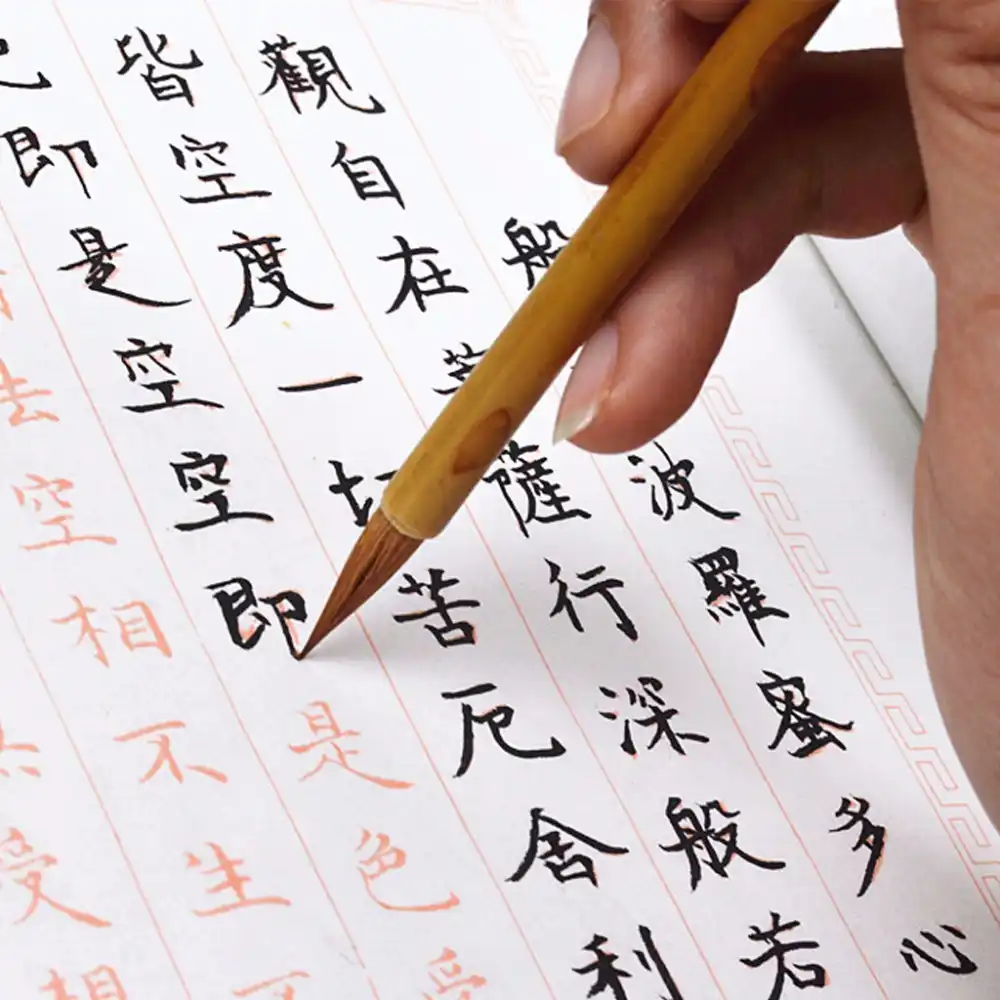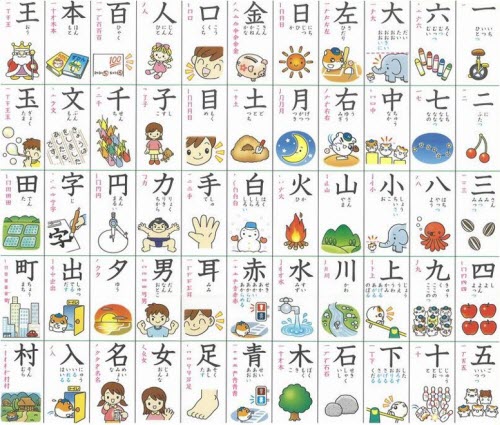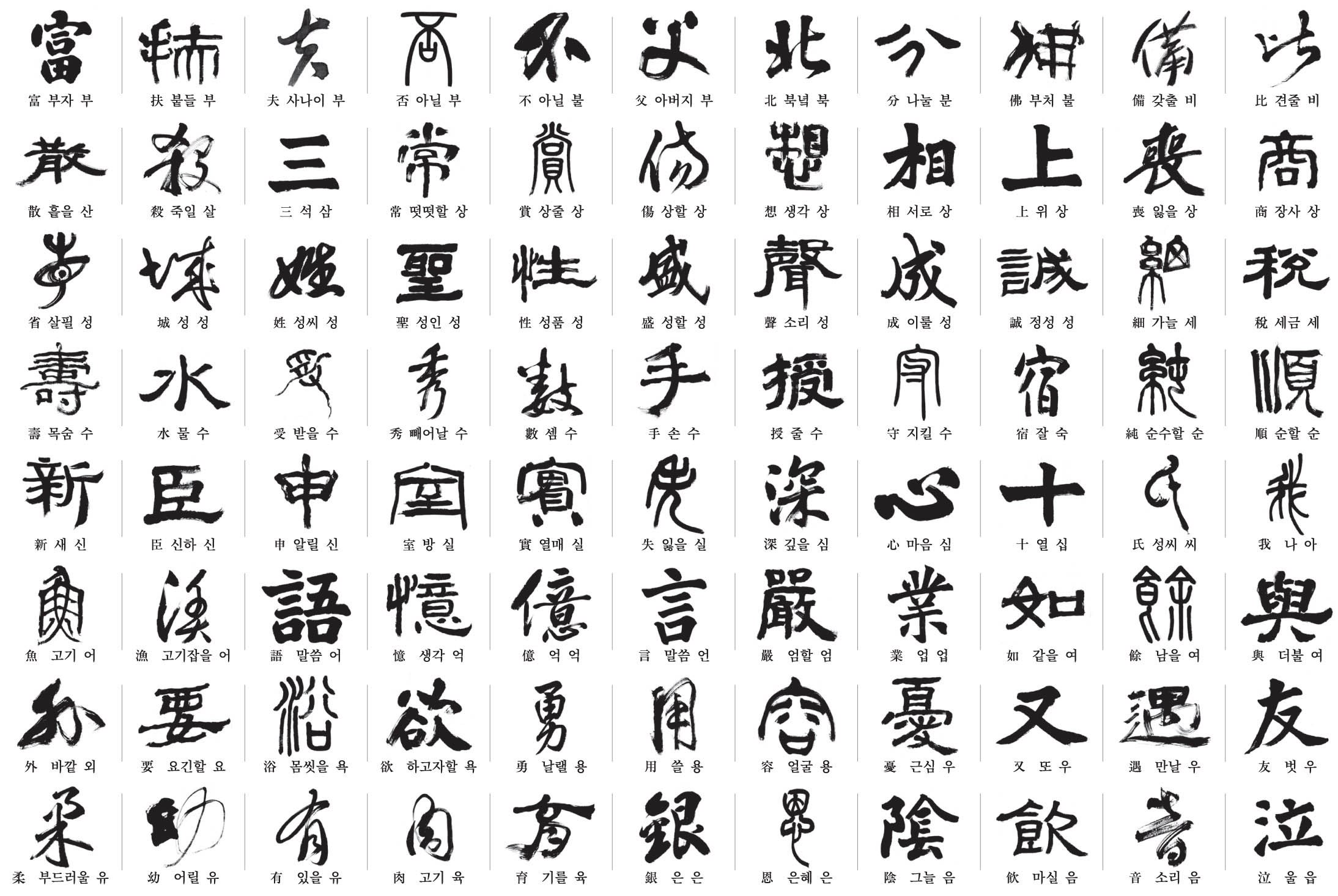On the topic of typography, I will help guide you along the ways of how the Chinese language has been spread out over the years. The Chinese typography, or writing system has been around for almost 6,000 years, and therefore has had much time to grow and refine itself.
One such way of growing would be the transition from using traditional chinese to simplified. However the traditional language has not completely died off yet, as people still use the traditional language today. Simplified chinese was officially adopted in 1949 in an attempt to educate everyone and make sure that no one was illiterate.

Chinese has also grown to reach other countries as well through the influence of Buddhism. Some common languages that use Chinese would be Japanese, Korean, as well as other branches of Chinese dialect. In the past Vietnamese, Dungan, Zhuang had used Chinese in their alphabets.
The focus of this article will be Japanese Kanji, and Korean Hanja, as these two are arguably the most prevalent in modern day society.

In Japan, the use of Chinese characters began in the 5th century and was first introduced to them from Korea. This subsequently caused Japan to have three different alphabets to learn. In Kanji, each character has their own definition as well as their own corresponding words. Something that Kanji has similar to Chinese would be that their characters can have multiple meanings depending on how you use the characters. For an example we can use the character 日 (ni) which is the first half of Japan, as well as the meaning of “day”.

For Korea, the use of Chinese characters began with the spread of Buddhism, however the text that introduced Koreans to Hanja was not related to religion, but instead the “Cheonjamun” otherwise known as the “Thousand Character Classic”. Early on, Koreans had to learn traditional Chinese in order to properly articulate their words, later on however, they were able to develop new systems that used simplified Chinese which “phonetically transcribed to Korean”. As of 1980, however, it is more so used by the older generation as Hanja was effectively replaced by Hangul. Many words borrowed from Chinese as well have been replaced by native Korean words
Sources:
- https://www.quora.com/What-languages-and-dialects-use-Chinese-characters
- https://www.omniglot.com/chinese/simplified.htm
- https://www.japan-guide.com/e/e2046.html
- https://en.wikipedia.org/wiki/Hanja
- https://www.quora.com/How-do-I-not-confuse-Hanja-Hanzi-and-Kanji
Pictures
- https://sofietokorea.com/2015/02/15/tackling-korean-through-hanja/
- https://www.aliexpress.com/i/32864975889.html
- https://www.learn-japanese-adventure.com/kanji-characters.html
